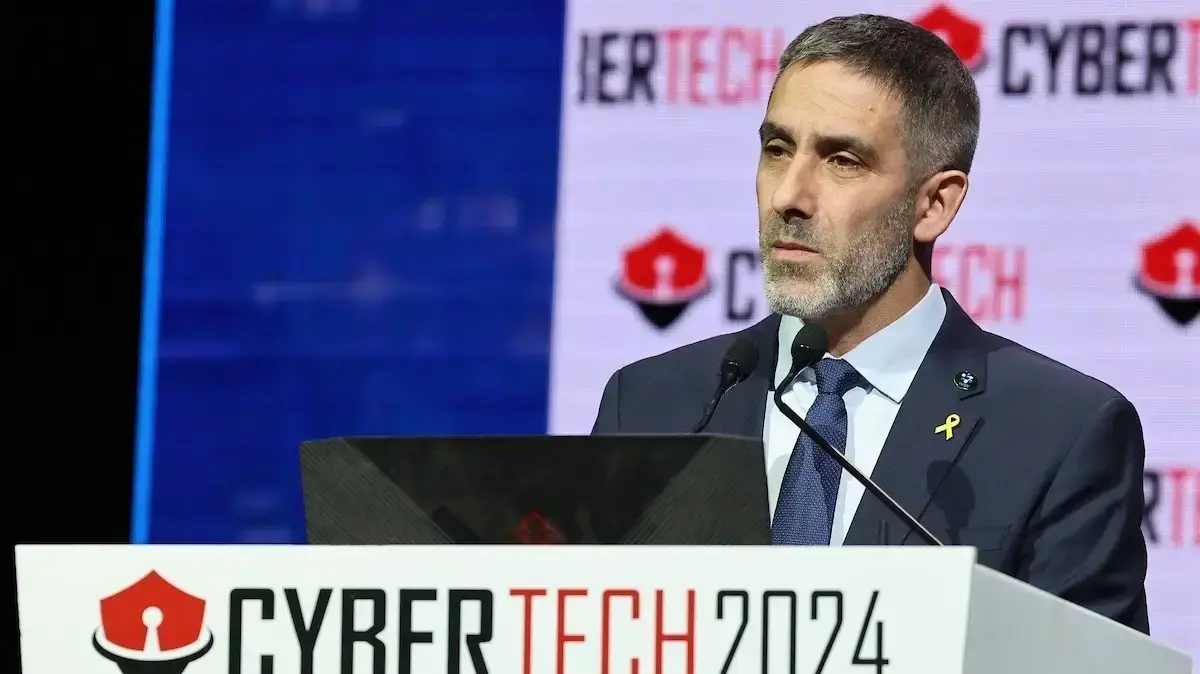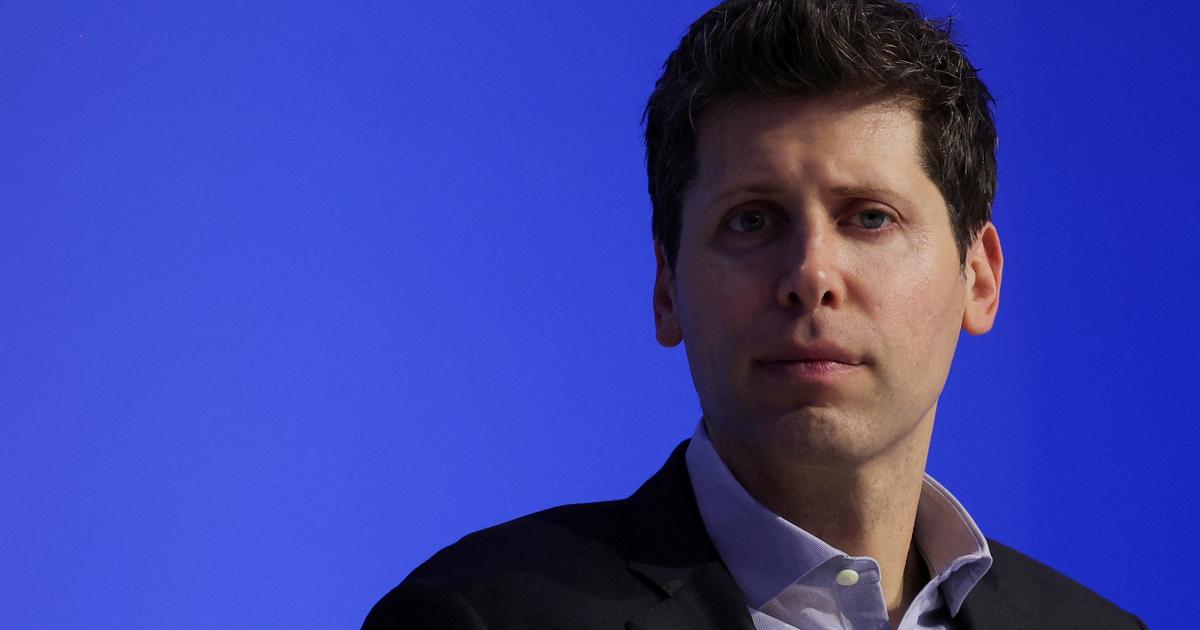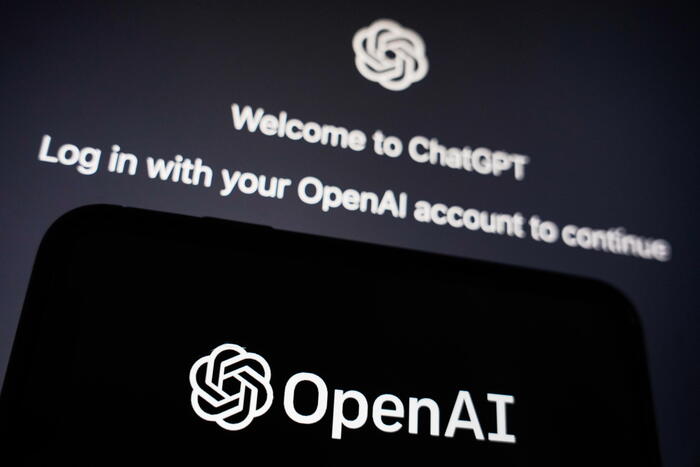Enlarge image
Photo: Cecilie Arcur / E + / Getty Images
To person
Photo:
Maik Schulze / ESMT Berlin
Eric Quintane
is Professor of Organizational Behavior at ESMT Berlin.
He researches the topic of burnout and combines artificial intelligence with e-mail data to find out which groups within companies have an increased risk of burnout.
He is currently working on replicating this finding in several organizations and identifying groups of employees at risk several months in advance.
SPIEGEL:
Mr. Quintane, you want to analyze employees' emails and thus predict which groups in a company have the highest risk of burnout.
How does it work?
Eric Quintane:
We tested this in real companies.
The employees assessed their work situation themselves using questionnaires, and we compared the results with the email flows in the company.
We were able to identify patterns that also agree with much of the literature on burnout: For most people, the risk of burnout increases when they have too few resources, are exposed to too many demands and have little control over how they work.
And emails show where that is the case.
This is an inexpensive early warning system.
SPIEGEL:
What are you looking at exactly?
Quintane:
We don't need the content or the names of the sender and recipient of the mail.
It is enough for us to know what place a person occupies in the company hierarchy.
Put simply: who sends emails to whom and when, and how long does it take for an answer to come from there?
In this way we can see how many work demands someone receives, how much pressure is there - and how much they are left with their work.
We have a hit rate of 84 percent with our warning system.
SPIEGEL:
Some companies prohibit e-mail communication after work.
Is this a good idea?
Quintane:
It is not that easy. We have seen both: When people are still writing e-mails when they are asleep, it is generally not a good signal. But for some it also helps if they can work on a few topics in the evening. These people experience this more as an opportunity to have their working life better under control - their risk even decreases. Then such a buffer zone is not so bad at all. That cannot be lumped together. We have to work much more scientifically, not based on assumptions and good intentions, but based on what really works and what has which effects. You can measure that. In one of the companies we examined, e-mails after work were actually associated with a lower risk of burnout,in another company, on the other hand, there was a clear connection with an increased risk of burnout.
SPIEGEL:
Is it a good or a bad thing to be at a hub in internal company communication?
Quintane:
The stress level usually increases when you are in the center.
Above all, one factor is decisive: if the people you communicate with don't talk to each other, but everything goes through you - that is extremely stressful.
Very frequent communication with many superiors is also an indicator that can indicate that you have little control over your work and are more likely to be driven.
However, these are not in themselves toxic communication patterns - we also don't know the content of the emails.
We cannot determine the causal relationships.
What We Know: There is a coincidence here.
When such patterns emerge, the risk of stress and fatigue is significantly higher.
"It's not about monitoring people"
SPIEGEL:
The interesting question is what happens when a company finds out that a group of employees is particularly at risk.
Quintane:
That's the most important point.
This requires good personnel management, people who can work with such results.
For example, by sending psychologists into the group and finding out who could get into problems - and that before it's too late.
SPIEGEL:
Do works councils take part in this?
Quintane:
Hard to say.
In other countries this is not a big issue.
I believe that participation in such programs should simply be voluntary, that would solve the problem.
It's not about monitoring people.
Rather, it is about giving you and your company data that you can use to prove that the stress level is too high here.
Often the departments and team leaders concerned already know this themselves, but have so far fallen on deaf ears in the company.
But if you can identify and substantiate reliable signals, it often helps a lot to organize the work differently and better.
SPIEGEL:
You say: Burnout is experienced by individuals, but the causes of the phenomenon point to structural reasons in the respective organization.
Quintane:
Exactly. The solution approaches are therefore often not ideal: If you can identify what is structurally wrong and change that, that is much more effective than prescribing resilience training for individual people. The bottom line is: First of all, you have to find out what is going wrong where. The causes of a high risk of burnout are seldom caused by people having difficulty coping with stress. The reason is that the stress level is objective and simply too high for everyone. Of course, you can always do surveys and feedback rounds, but that's expensive and time-consuming. If you evaluate the e-mail streams anonymously with a learning artificial intelligence, it is cheap, easy to implement and offers reliable starting points with which you can take countermeasures at an early stage.
"The causes of a high risk of burnout are rarely due to the fact that people are poor at dealing with stress."
SPIEGEL:
Are emails really the best starting point?
In many companies, collaboration tools such as Slack or Teams are now used.
Quintane:
Of course it would be even better for the results if we could evaluate that.
However, they are much more complex to check.
And it's not absolutely necessary either.
In the vast majority of companies, the volume of e-mails is still extremely high - and meaningful.
In addition, e-mails are a generally available interface to other companies and organizations, for example in customer contact.
You don't need all the factors to get a reliable indicator, it is enough if the results are reliable.
SPIEGEL:
If companies establish such an email burn-out early warning system - can that really help create better working conditions?
Quintane:
I hope so.
See, I'm teaching organizational behavior.
My research area is organizations - companies are one of them.
Organizations are fascinating constructs, wonderful tools that help us as humans to achieve really great things together.
But these organizations are often not well designed.
Many cause stress.
It's unnecessary, it's expensive, it makes you sick.
If you improve an organization yourself, change its structures, the people who work in it become more creative and happier.









